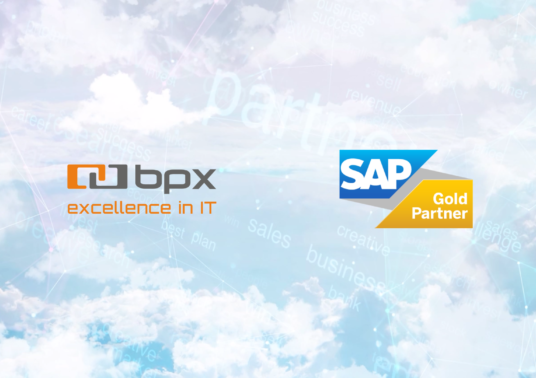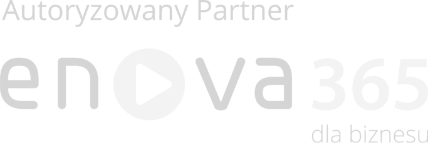Do you want to build high-performance, responsive, and user-friendly applications in Qlik? Optimizing your data model, implementing efficient loading techniques, and designing a well-structured interface can significantly improve the quality of your analytics. In this article, you'll discover a collection of proven methods to help you fully unlock Qlik’s potential - from structuring your data model to best practices in visualization and security. By following these guidelines, your applications will run faster, and users will enjoy a seamless and powerful data analysis experience.
Learn more
 pl
pl





















